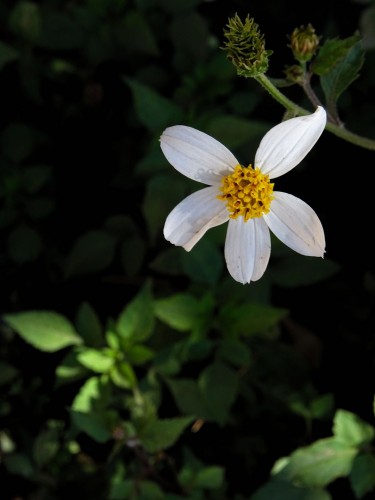All posts tagged shepherd’s needle
Shepherd’s Needle: An Underappreciated Medicinal And Edible Wildflower
Bidens alba, commonly known as shepherd's needle, demon spike grass, bur-marigold, pitchfork weed, and Spanish needles, is a short-lived perennial or annual, flowering plant. It is a member of the aster family and closely related to daisy, echinacea, and sunflowers. Continue reading [...]

